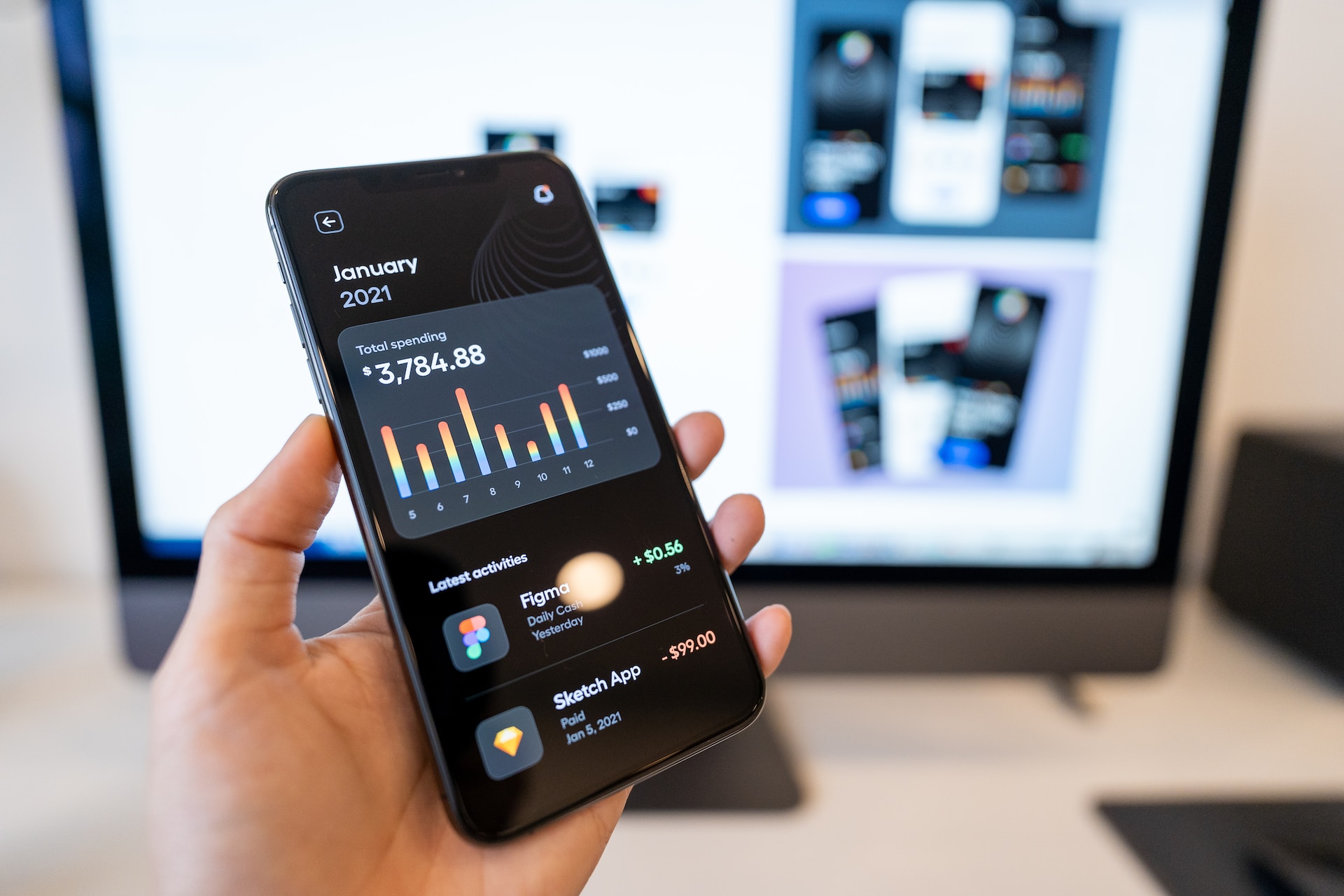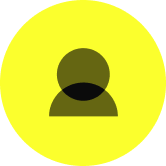Exploring UI Design as a Career Path.
We’ve all come across mobile apps and websites that are so well designed we are left in awe. We want to use them more and more. The simplicity, branding, and usability all come together to create a powerful experience. But who does all of this? Who has the creativity to pull all of this together?
UI design, or user interface design, is the process of designing digital interfaces that are intuitive, visually exciting, and most importantly, easy to use. A UI designer works to create a user-centered (and tested) design that meets the needs of the target audience and helps them achieve their goals and tasks within the product. In other words, user interface design is all about making our everyday products more user-friendly and accessible to everyone. So what does the role look like?
Typical Day of a UI Designer at a Startup
At a startup or early stage venture, a UI designer will have a range of responsibilities as team sizes may be a bit smaller as the company grows. Their day may involve conducting user research, creating wireframes and prototypes (often using an industry leading tool like Figma), collaborating with developers, and testing and iterating on designs. Because of the small team size, they may also be involved in branding and marketing initiatives, such as creating social media graphics or designing marketing materials.

Using tools like Figma allows you to design concepts and test them with users during the design process.
A UI designer at a startup needs to be agile, adaptable, and able to work well in a fast-paced environment. They need to be comfortable with the unknown, able to take feedback constructively and move quickly forward.
Typical Day of a UI Designer at a Product Company
Working as a UI designer within a product company (for example Spotify or Nike) typically involves designing and maintaining the visual and interactive elements of digital products such as company websites, mobile applications, or software programs.
As an in-house designer, you would be part of a team that is responsible for creating and improving the user experience of all products. You would be collaborating with other members of the team such as product managers, engineers, and UX designers. You would work closely with them to understand the product goals, target users, and technical constraints to create designs that meet user needs and align with the company’s strategy and vision.
Typical Day of a UI Designer at an Agency
At an agency, a UI designer’s day may involve working across a variety of clients and projects. They will be involved in designing digital products, such as websites and apps, starting from a low-level of detail (or what is referred to as levels of fidelity) and working them up to include company branding. As they may be working on multiple projects simultaneously, they need to be able to manage their time effectively.
A UI designer at an agency needs to be a strong communicator and collaborator. They need to be able to work well with clients and other members of a team, and to manage expectations effectively. You may also be called upon to present your work often to internal and external teams, in order to get feedback and buy-in.
Skills You Should Have
To be a successful UI designer, there are several skills you should have:
User-centered design: You should have a deep understanding of user needs and behaviors, and be able to design interfaces that are intuitive and easy to use. You will be collaborating often with user experience designers – design thinking is a good area to explore to add to your mindset and approach.
Visual design: You should have a strong sense of aesthetics and be able to create visually appealing designs that are consistent with brand guidelines. This will take time and practice to develop – constantly look for inspiration wherever you come across it.
Technical skills: You should be familiar with design tools such as Figma, Adobe XD, Axure and others. Webflow is another tool that may be worth exploring. Remember these tools help execute your ideas, and it’s recommended to learn one, master that, then move on to others. We recommend Figma as a starting point.
Collaboration: You should be able to work well with others, including clients, developers, and other members of a design team. This is key in order to find your role within a good product team.
Why UI Design is an Exciting Career Option
UI design is an exciting career path for several reasons:
Demand: There is a high demand for skilled UI designers in today’s digital world, making it a lucrative career path moving forward. You could even work remotely once you have built up a concise skillset. If you are currently a graphic or visual designer, moving into UI is a strong option to consider.
Impact: UI designers have the opportunity to create designs that make a real impact on people’s lives, making it a fulfilling career path. Imagine seeing your designs being used in a globally used product.
Innovation: UI design is a constantly evolving field, with new technologies and design trends emerging all the time, making it a career path that offers opportunities for growth and learning. You must stay on top of these trends, and ensure that you always aware of the latest design guidelines.
UI design is no doubt an exciting career path that offers a range of opportunities for those who are passionate about designing user interfaces that deliver value and excitement to users. Whether you’re interested in working at a startup, agency, product team, or pursuing a freelance career, the skills and experience you gain on an in-person or online UI Design courses will set you up for success long-term.



